Power attracts ritual because high stakes make chance feel loud. Even confident leaders reach for private rules that promise control, from careful calendars to lucky numbers and omens. These habits shaped dinners, travel, and timing, and they sometimes brushed policy without writing it. The stories below are not just trivia. They reveal how belief helps a public figure steady the hand and how staff quietly frame a day around those habits. Strip away the legend and what remains is ordinary human caution.
Franklin D. Roosevelt And The Number Thirteen
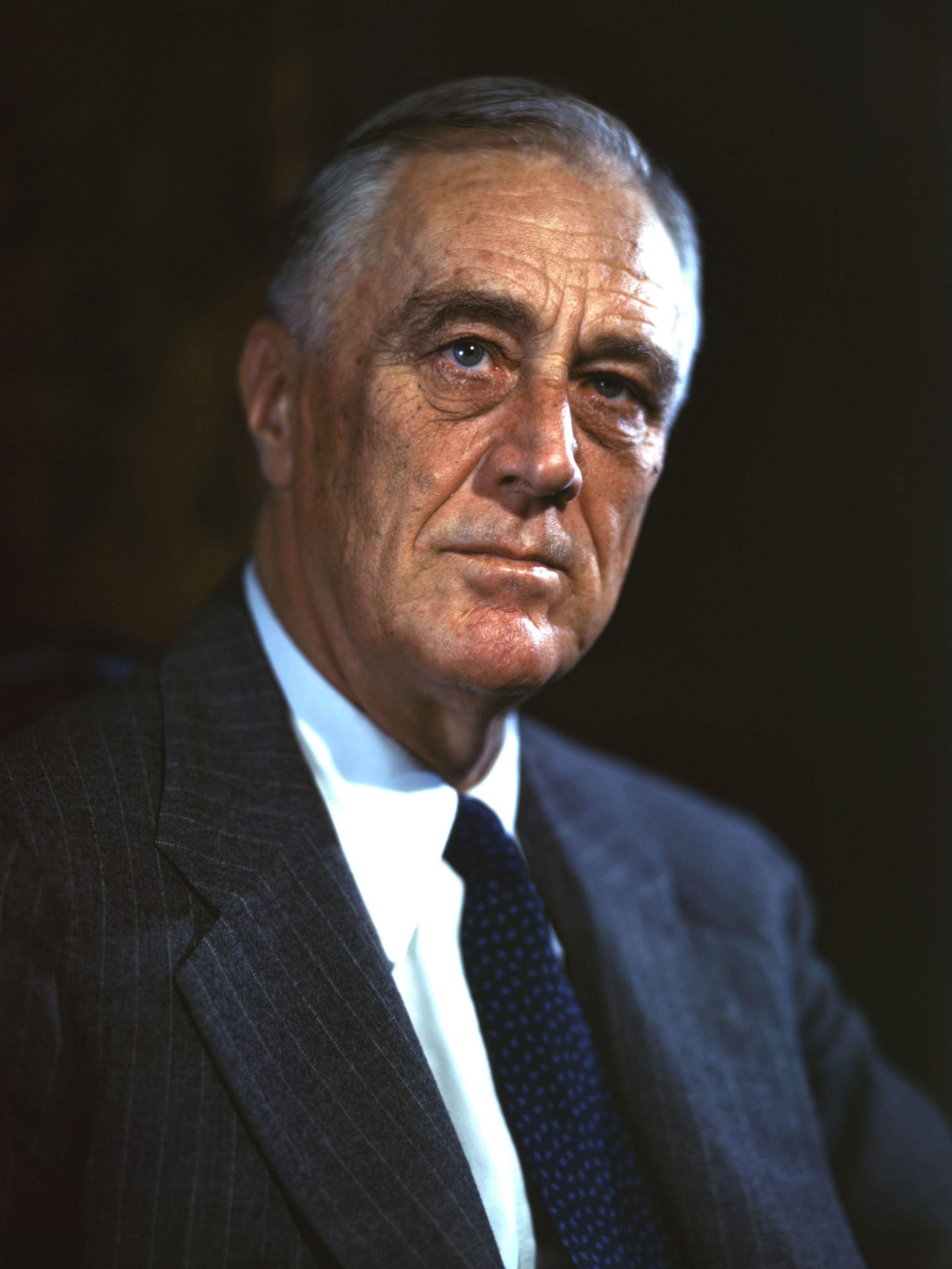
Franklin Roosevelt disliked the number thirteen and avoided Friday the 13th for important travel when a shift was possible. At dinners he dodged a table of thirteen by adding a stand in guest, a gentle fix that kept nerves low and conversation easy. Staff learned to thread schedules around the preference without turning it into drama. It did not write law and it did not vanish. It lived beside the work, a small superstition hidden inside a very public job.
Napoleon Bonaparte And Open Doors
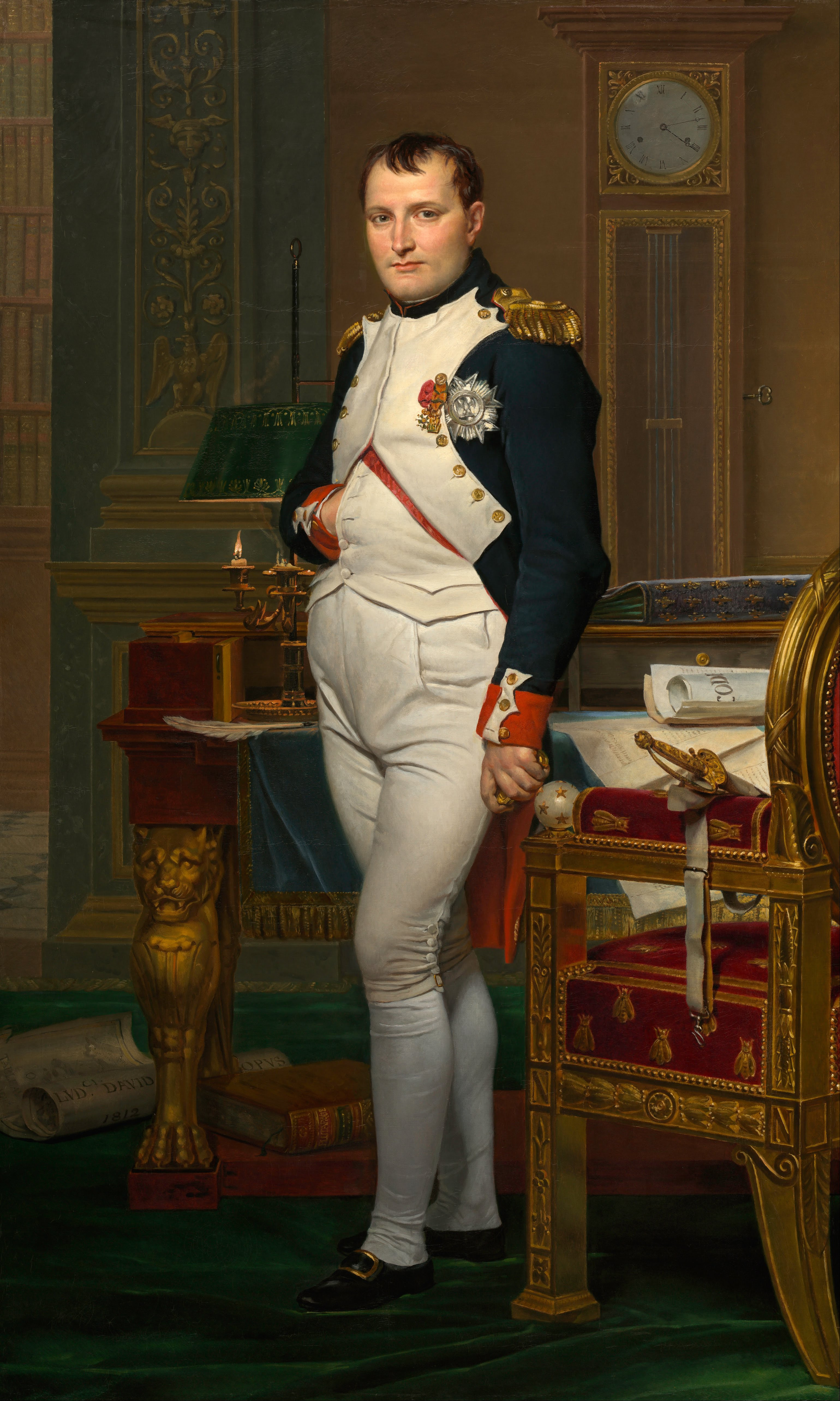
Napoleon reportedly bristled at open doors and wanted them shut at once, a quiet rule that fit his taste for order. Courtiers adapted by minding hinges and timing entrances so rooms felt contained before he arrived. The habit seems small until one sees how ritual can shape pace and posture for everyone nearby. It was not a battle plan or a code of law. It was a personal boundary that became a court custom and a snapshot of how he liked control.
Ronald Reagan And Astrological Timing
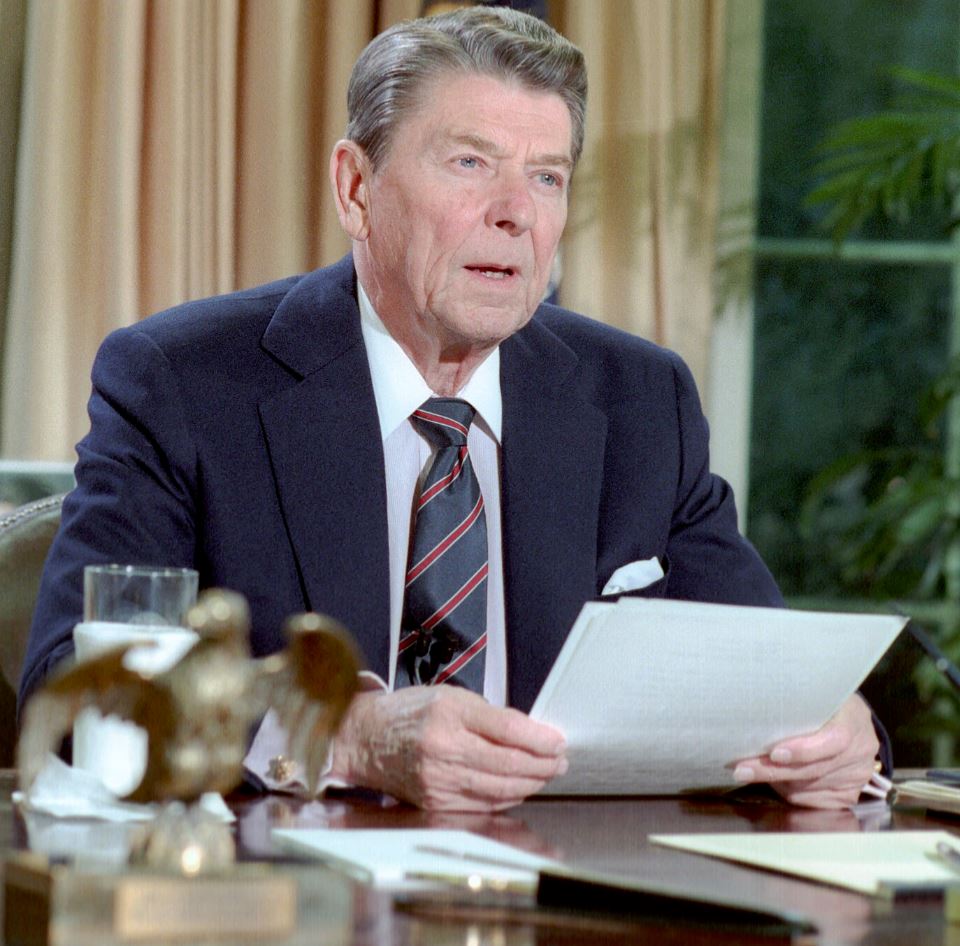
After the 1981 shooting, Ronald Reagan leaned on timing advice routed through Nancy Reagan and a California astrologer. Meeting starts, takeoffs, and media events sometimes slid by an hour or two to avoid times that felt sharp. Aides protected policy while adjusting the clock so the guidance stayed mostly invisible. It never wrote a bill, yet it swayed the day. In a building that runs on calendars, a shift in minutes can soften risk or at least soothe the people carrying it.
Elizabeth I And The Court Mathematician
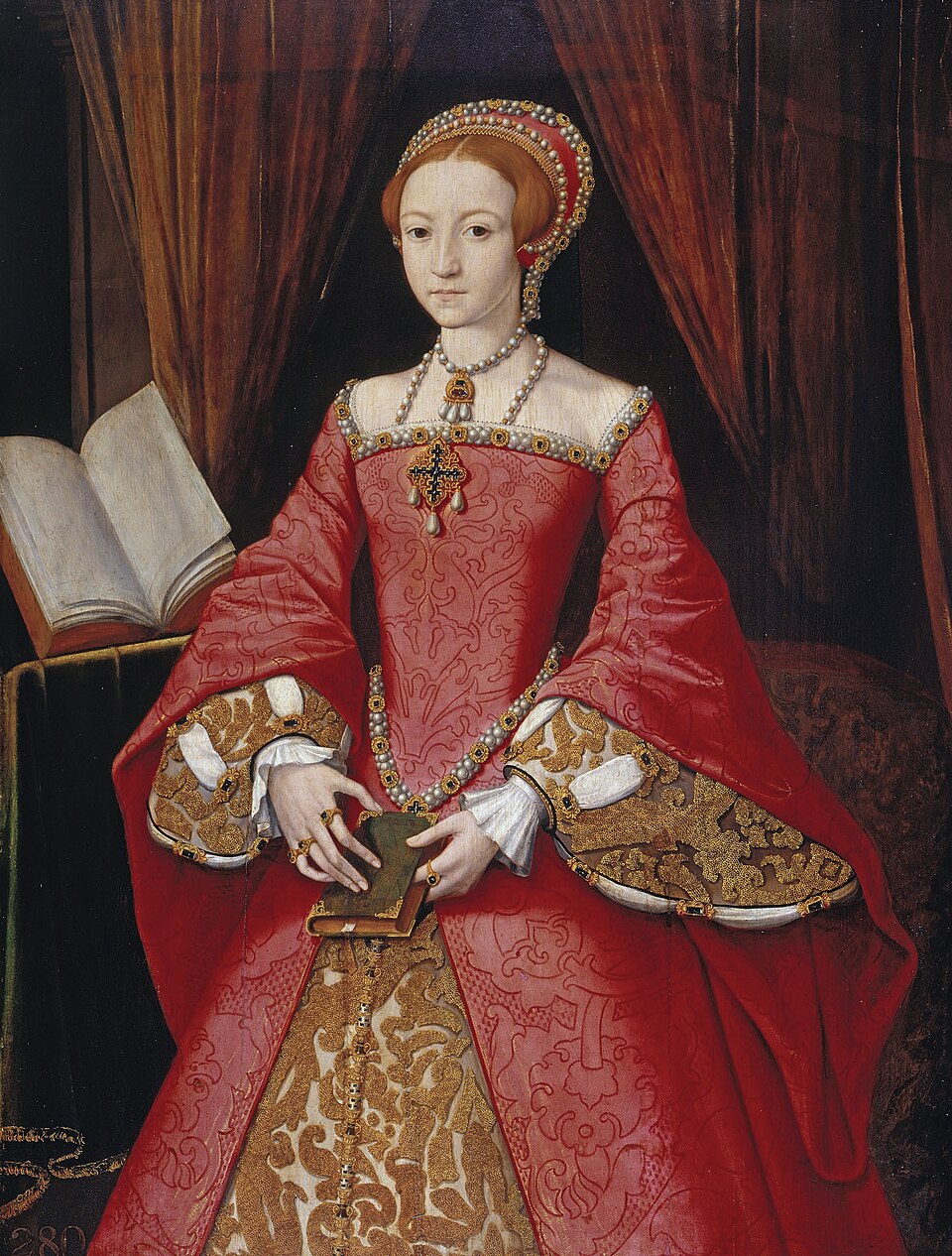
Elizabeth I consulted John Dee for charts and auspicious dates at moments that demanded a steady stage. Coronation plans, voyages, and treaties carried a layer of celestial framing that helped the court read purpose into risk. The queen understood that timing is theater and that a shared sign can quiet doubt. Ritual here did not replace statecraft. It added a rhythm that made big steps feel aligned. Confidence rose, critics paused, and the crown looked less like a person and more like a plan.
Julius Caesar And Public Omens
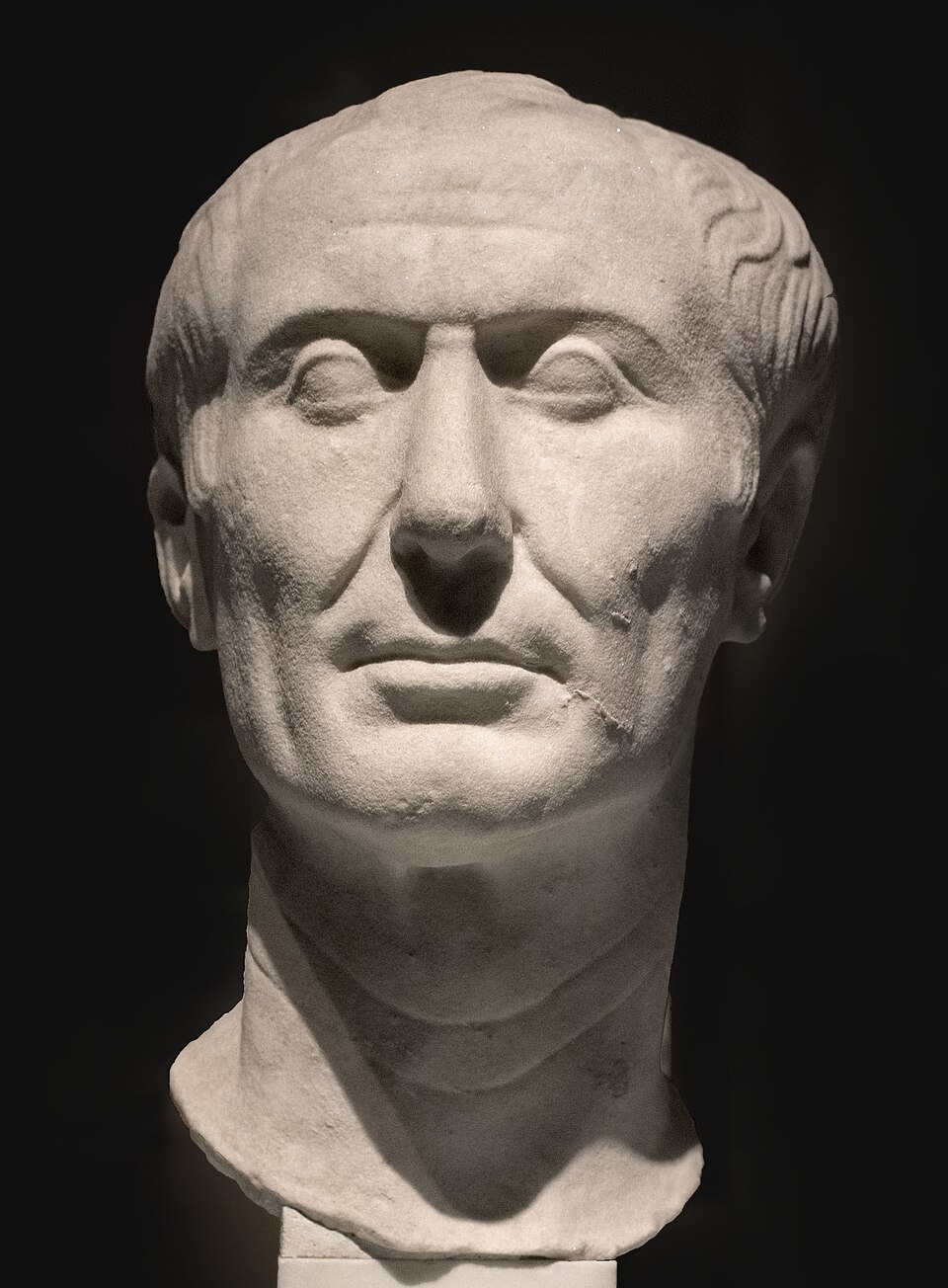
In Rome, omens were part of the civic toolkit, not just private belief. Julius Caesar heard warnings about the Ides of March, weighed augurs and signs, then often moved forward anyway. He used omens when they served the moment and pushed through when ambition demanded speed. Birds, thunder, and priestly verdicts gave the crowd a language to follow. His mix of respect and defiance shows how a leader can ride ritual for legitimacy while gambling that willpower can rewrite the sky.
Alexander The Great And Oracles Of Favor
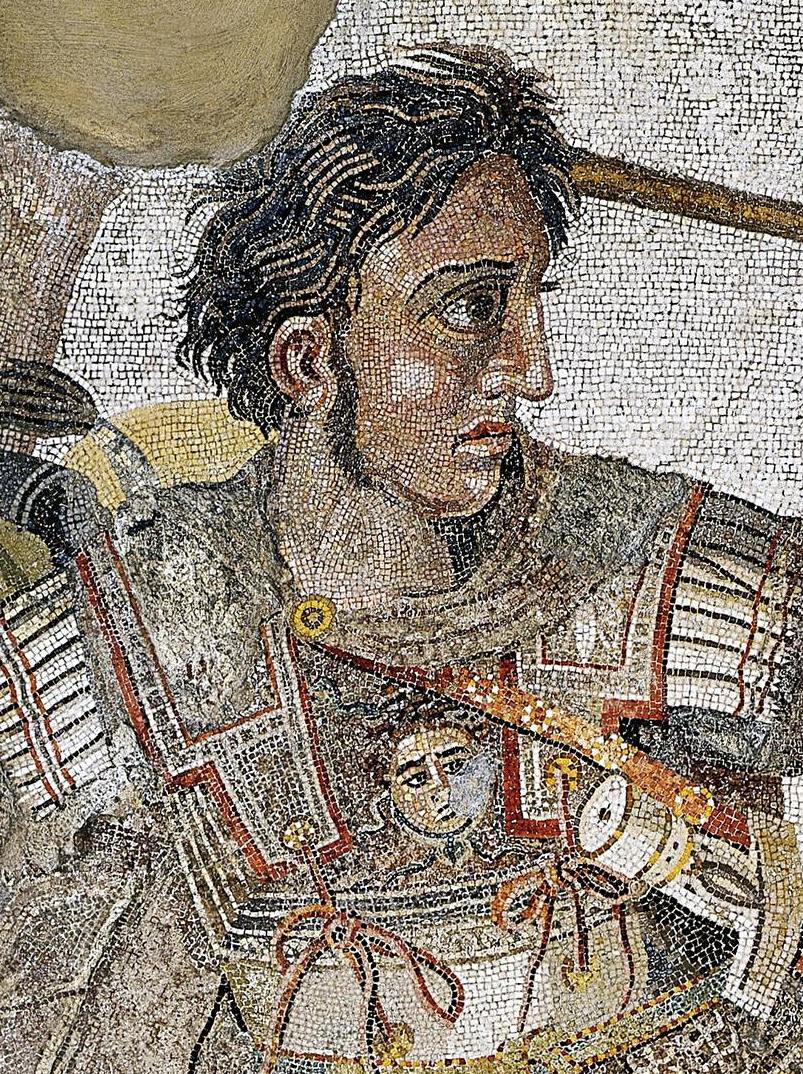
Alexander sought approval at places like Siwa and kept seers with the army so victories felt blessed as well as planned. Dreams and signs traveled from tent to campfire, binding tired soldiers to a purpose that felt larger than pay. He read the world as a map of signals, then matched belief with fast marches and logistics that rarely stalled. Superstition did not stand in for planning. It fueled confidence and cohesion, which can carry an army one ridge farther than caution would allow.
Genghis Khan And Shaman Counsel
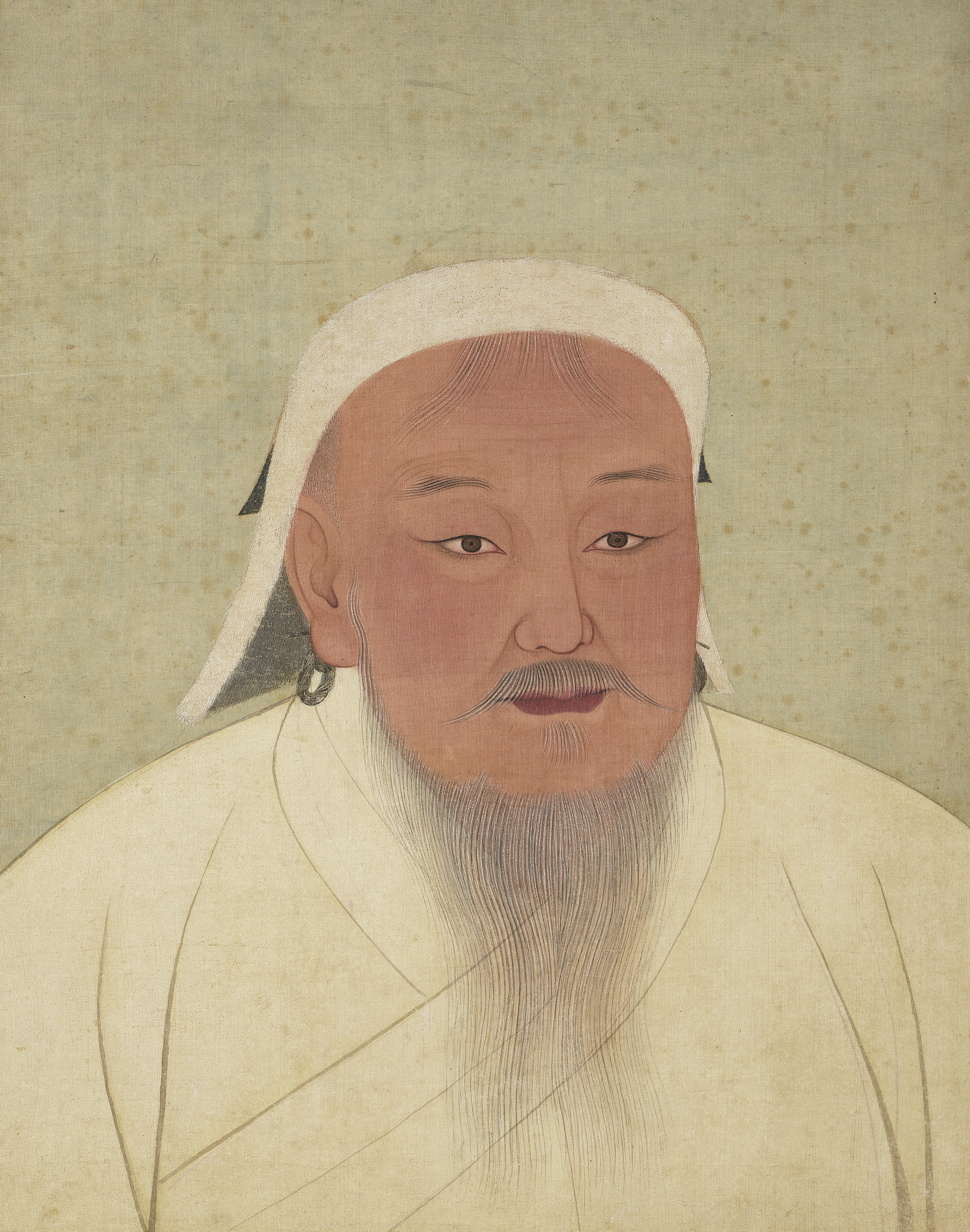
Genghis Khan relied on shamans for timing, taboos, and judgment when alliances frayed. Spirit counsel wrapped raids in a rule set that felt older than any chief, turning risk into shared duty. Riders treated banners as sacred marks, and that meaning tightened ranks when weather and chance turned against them. The khan trusted force, but he also understood that belief can turn a unit into a family. Ritual set boundaries, settled disputes, and turned fear into movement instead of noise.


